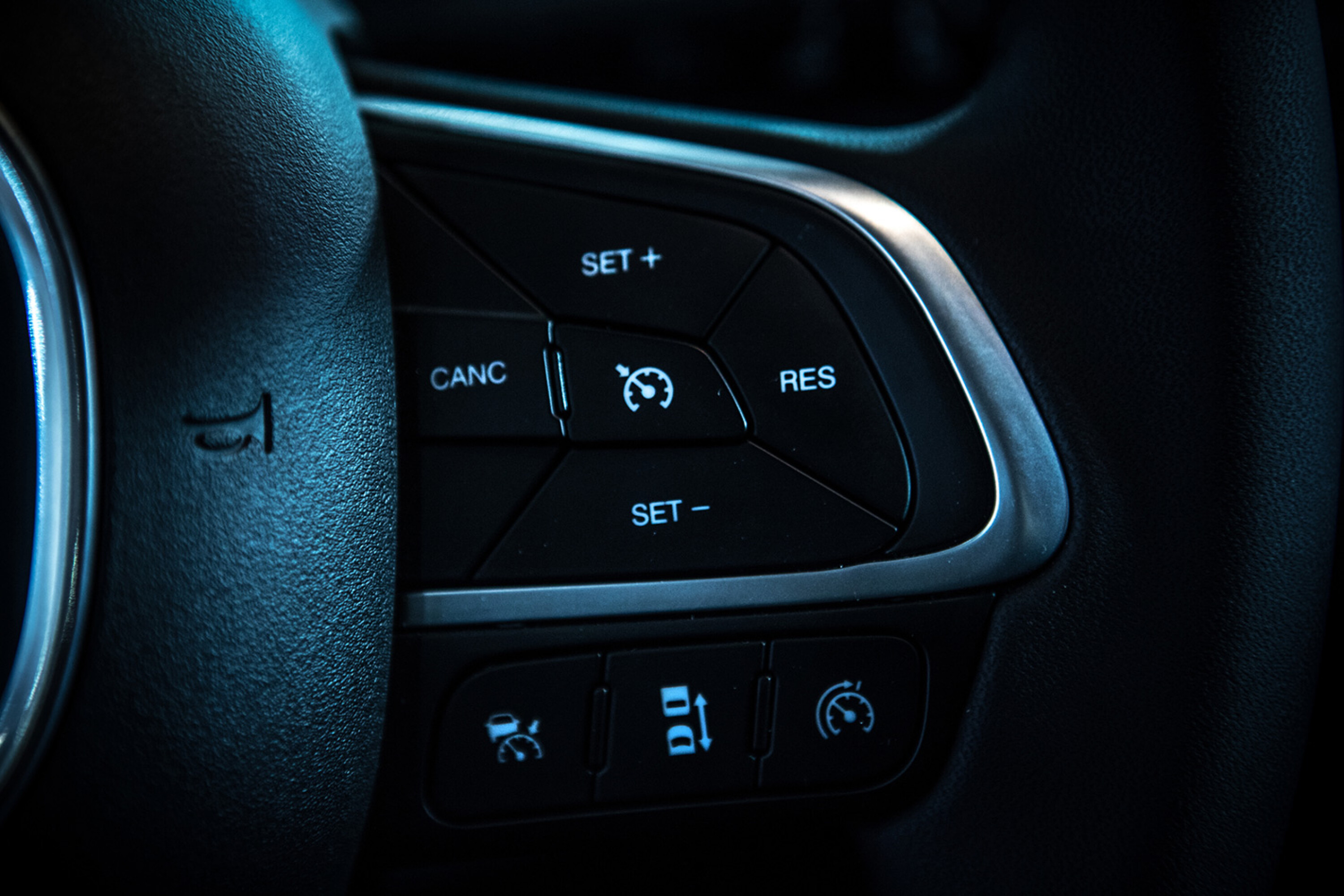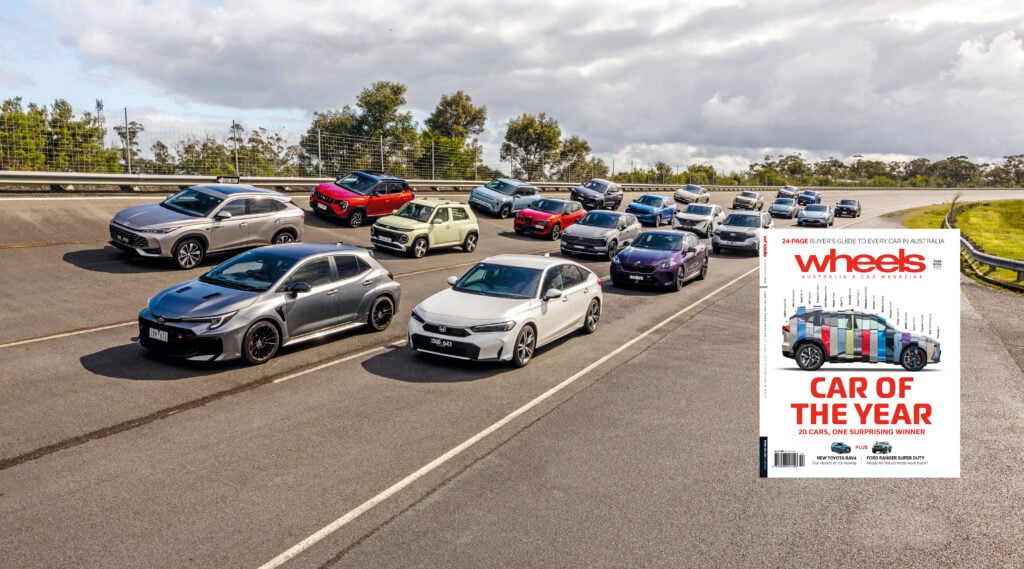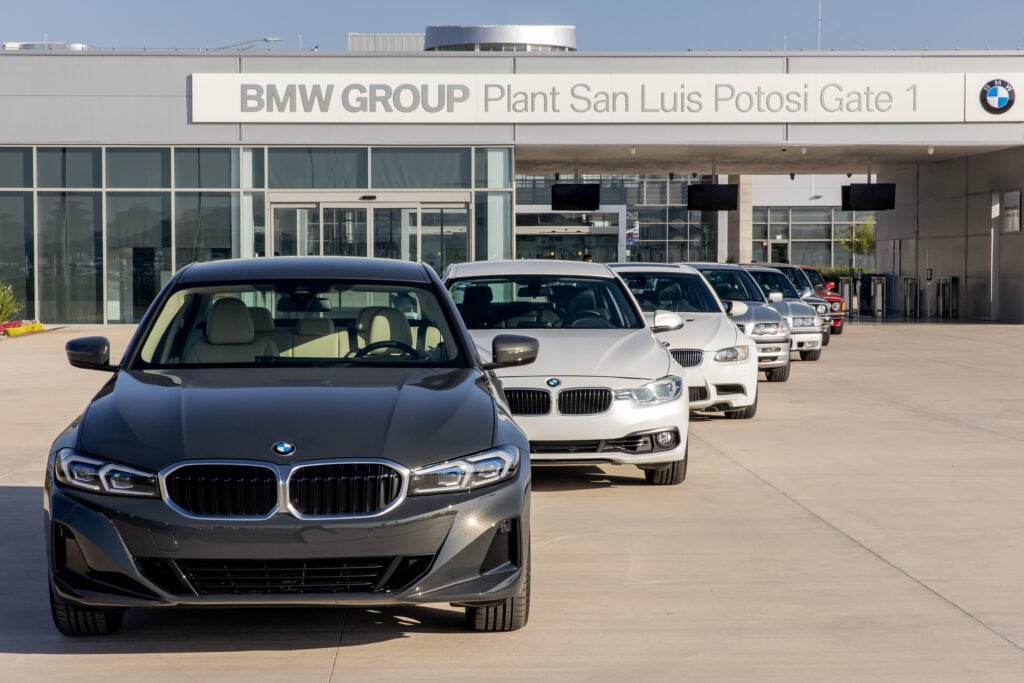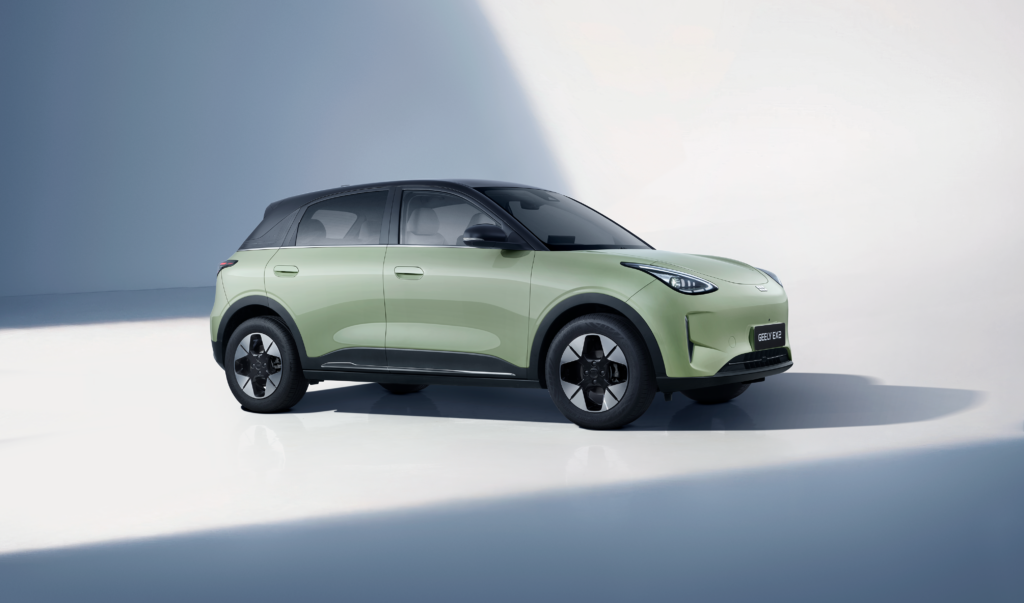Modern cars are equipped with a growing array of advanced driver assistance systems (ADAS), often to the chagrin of old-school motorists – but how effective have they really been at preventing crashes?
Key Points
- Lane Keeping Assist and Automatic Emergency Braking significantly reduce crashes
- Comfort-enhancing systems like Adaptive Cruise Control may lead to driver inattention and increased risk
- A new framework based on urgency and control explains the effectiveness of different ADAS
A recent study by the SWOV Institute for Road Safety Research in the Netherlands has shed light on which ADAS genuinely improve safety and which might even hinder it.
The researchers aimed to move beyond simulated testing and analyse real-world crash data to understand the true impact of these technologies. Big job.
The study examined 28 different ADAS, drawing on data from scientific literature, technical reports, and large datasets from government and insurance institutions. Researchers focused on quantifying the impact of each system on overall crash rates.
According to their report, the team had to start with meticulously standardising data from various sources, accounting for differences in crash types, severities, and driver demographics, using official government data from Europe and the US.
They didn’t mess about. Researchers initially looked at existing ways of categorising ADAS, such as whether they control the car’s speed or steering, or whether they simply inform, warn, or intervene.
Finding that these categories didn’t fully explain how effective each system was, they developed a simpler, more practical way of understanding ADAS, based on two key factors: 1) how urgently the system needs the driver’s attention, and 2) how much control the system takes over the car.
Think of it this way: some systems, like satellite navigation, give you information but don’t require immediate action (low urgency, low control).
Others, like a lane-departure warning, alert you to a problem that needs your attention right away, but you’re still in charge of steering (high urgency, low control).
Then there are systems like automatic emergency braking, which take over control of the car to prevent a crash (high urgency, high control).
Finally, some systems, like adaptive cruise control, manage the car’s speed and following distance, giving you a greater sense of control, but aren’t dealing with an immediate emergency (low urgency, high control).
What did they find?
WINNERS: Safety-enhancing systems
Several ADAS demonstrated a significant positive impact on road safety:
- Lane Keeping Assist (LKA): This system, which actively steers the vehicle to maintain lane position, showed the most significant reduction in crash rates (19.1 per cent)
- Driver Monitoring Systems (DMS): These systems, which detect driver fatigue and distraction, also significantly decreased accidents (14 per cent).
- Automatic Emergency Braking (AEB): Designed to prevent collisions by automatically applying the brakes, AEB reduced crash rates by 10.7 per cent. When combined with Forward Collision Warning (FCW), the reduction in rear-end collisions can increase to 55 per cent.
- Intelligent Speed Assist (ISA): This system actively limits vehicle speed according to current speed limits. The most authoritative form of ISA, the Speed Control Function (SCF), which limits the maximum speed of the vehicle to the current speed limit, demonstrated the strongest effect of the ISA variants.
- Traffic Sign Information (TSI): These systems can help drivers comply with traffic laws and prevent crashes. One study showed a 7 percent reduction in crashes.
LESS SO: Cruise control
Surprisingly, some ADAS, particularly comfort-enhancing systems, were linked to increased crash rates:
- Adaptive Cruise Control (ACC): This system, which maintains speed and regulates distance to vehicles ahead, was associated with an 8 per cent increase in crashes.
- Cruise Control (CC): The more traditional cruise control system, which maintains a set speed regardless of external factors, showed a 12 percent increase in crash rates.
The study’s proposed urgency and control framework suggests that systems with high urgency and high control, like LKA, DMS, and AEB, are most effective at improving safety.
Conversely, systems with low urgency, such as ACC and CC, often don’t have a beneficial effect and may even contribute to driver inattention or over-reliance, increasing crash risk.
We’re unlikely to see cruise-control features removed from new cars, but this study might provide some insight to the industry on where improvement is needed in how these systems work.
Where it leaves things with the growing number of models equipped with even more cruise-oriented autonomous driving systems, remains to be seen.






